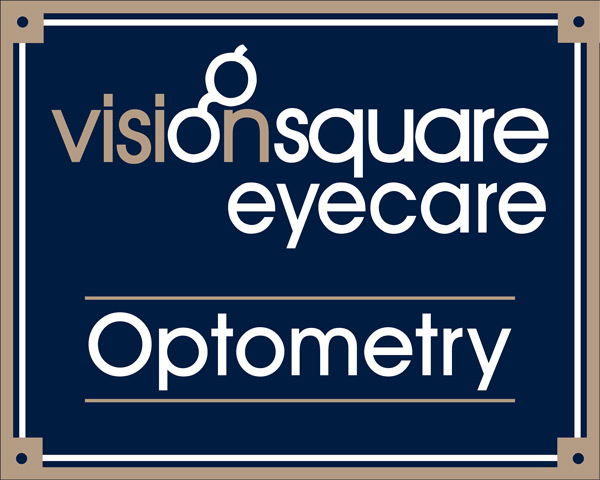Your eyes tell the story of your life – past, present, and future – like a timeline of your health. Your eyes both reflect your history and also hold important clues about your present and future general health.
According to a survey by the American Optometric Association (AOA), even though Americans believe eye health is just as important as heart health, nearly half of those surveyed between ages 23-38 don’t think that they need a comprehensive eye exam if their vision is “clear.”
But visual acuity doesn’t tell the whole story of your eye health! An eye exam is much more than getting new glasses or a new prescription for contacts: Eye care is primary health care.
Problems such as compromised peripheral vision, blind spots, eye tracking, eye muscle disorders, dry eye, excessive tearing, and others are all part of your overall vision system health. There are multiple aspects of your vision system that must all work together, and many visual issues or eye diseases don’t present with noticeable symptoms until some vision damage is already done.
Did you know that your optometrist can identify over 270 systemic and chronic diseases — including high blood pressure, diabetes, autoimmune disorders, and even cancer — by examining your eyes?
By assessing the blood vessels behind the eye, your doctor can determine warning signs of systemic disease without invasive surgery, CT scans, or X-rays. According to that same AOA survey, one in five Americans report that a health issue not related to their eyes was detected during an eye exam!
What Your Eyes Reveal About Your Past
Your family history may point to problematic vision issues like nearsightedness, farsightedness, color blindness, and astigmatism, which tend to run in families.
While age and lifestyle play a part in serious eye conditions such as glaucoma, cataracts, and macular degeneration, your genetic makeup plays a big role. DNA and family history are powerful factors that shape your vision. That’s why optometrists ask about your family history — to better understand your individual risks and to make note of potential visual issues you may experience.
What Your Eyes Reveal About Your Present and Future
Real-time visibility through a comprehensive eye exam reveals how your eyes are functioning now and can detect early signs of systemic diseases that may develop in the future.
Here are 7 health issues your optometrist can uncover during an eye exam:
- Diabetes and Diabetic Retinopathy. Due to high or poorly controlled blood sugar, the small vessels in the light-sensitive retina (in the back of the eye) become damaged over time. In the early stage of diabetic retinopathy, patients often don’t notice any vision changes or symptoms. Your optometrist looks for telltale irregularities in the eye to diagnose diabetic retinopathy.
- High Blood Pressure can change the micro blood vessels of the retina, damage the optic nerve, block blood supply to the retina, and can block the veins carrying blood away from the retina. There are no symptoms until late in the disease known as Hypertensive Retinopathy. Your doctor will look for narrowing blood vessels, kinks, bleeding, and signs of a yellow fluid or blood leaking from those vessels.
- High Cholesterol. A distinct blue or yellow ring around the cornea can signal high cholesterol — particularly in patients under 40. Deposits within the blood vessels in the retina can also indicate elevated cholesterol.
- Autoimmune Disease. Diseases like Lupus can cause dry eyes and also swelling in the whites of the eye, the middle layer of the eye, and the retina. Similarly, Rheumatoid Arthritis can cause inflammation and thinning of the outer layer of the eye, which can split and cause injury. Thinning tissue in the back of the eye can cause light sensitivity, pain, and blurry vision.
- Neurological Disorders. Tumors can cause loss of peripheral vision, double vision, or changes to your pupil size. They can cause increased pressure in the brain that shows up in the eyes, and swelling from a tumor can cause changes to the optic nerve that your eye doctor can see during an exam. Diseases like Multiple Sclerosis can cause eye pain, blurry vision, eye redness, and light sensitivity due to inflammation in the eye.
- Thyroid Disease. Protruding eyeballs and retracting eyelids are sentinel symptoms of hyperthyroidism or Graves’ Disease, and can be accompanied by dry eye, blurry vision, or vision loss.
- Cancer. Numerous cancers can be diagnosed during an eye exam, including melanoma of the eyelids and outer parts of the eye, in addition to brain cancer. Leukemia, lymphoma, and breast cancer can spread and affect the interior of the eye as well.
Bottom line? A comprehensive annual eye exam is important to your overall health, even if you are “seeing clearly.” Staying on top of your eye health gives you the best chance of an early diagnosis and intervention of many treatable diseases that may otherwise go unnoticed. Just like your annual physical, a comprehensive eye exam is essential for both eye health and your overall health.
Your vision deserves expert care. Make an appointment for your comprehensive eye exam today and stay on top of both your eye health and overall general health. Future “you” will be so glad you did!

